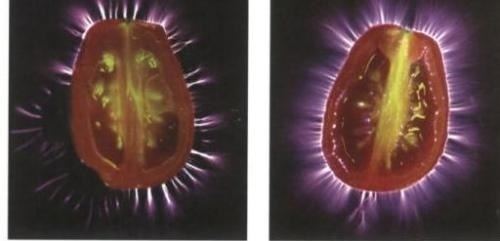Name Bovis scale | ||
 | ||
Lecher antenna bovis scale demo by sri padmanabhan iyer guruji srinivaas suman
The Bovis scale, named after French radiesthesist Andre Bovis (1871–1947; also referred to as either Antoine or Alfred by some authors), is a concept used by dowsers and adherents of geomancy to quantify the strength of a postulated "cosmo-telluric energy" inherent in a location.
The attribution to Bovis is due to his grandson, the self-designated "geobiologist" Jacques Bovis. The concept was further developed by one Andre Simoneton (1949), who introduced the term "radio-vitality" (radiovitalite). Simoneton's scale was in turn developed into a "modern Bovis scale" by Swiss "geobiologist" and former Vaud cantonal parliament member Blanche Merz (1919–2002), who founded an Institut de recherches en geobiologie at Chardonne in 1979 and whose self-published books appeared from the 1980s. Merz' books enjoyed some popularity in French-speaking Switzerland and were reprinted by commercial publishers in the later 1980s and 1990s, in translation also reaching German-speaking Europe. Merz' 1983 Hauts-Lieux Cosmo-Telluriques in 1987 was also published in English translation.
The unit of the Bovis scale is the angstrom (1 A = 0,1 nm or 10−10m). The measurement consists of the operator placing a detecting device on or near the Bovis scale diagram and noting the Bovis number. A number of 6,500 (fresh, raw, vegetable foods) is considered "sufficient" (to keep the energetic balance), lower figures negatively affect human life and body functioning, higher numbers (as detected in fresh, ripe fruit and freshly pressed juices, seeds and sprouts, which score 8,000-10,000 on the Bovis scale) have positive effects aiding physiological functions. Numbers above 10,000 are in the "ethereal range", considered Places of power.
